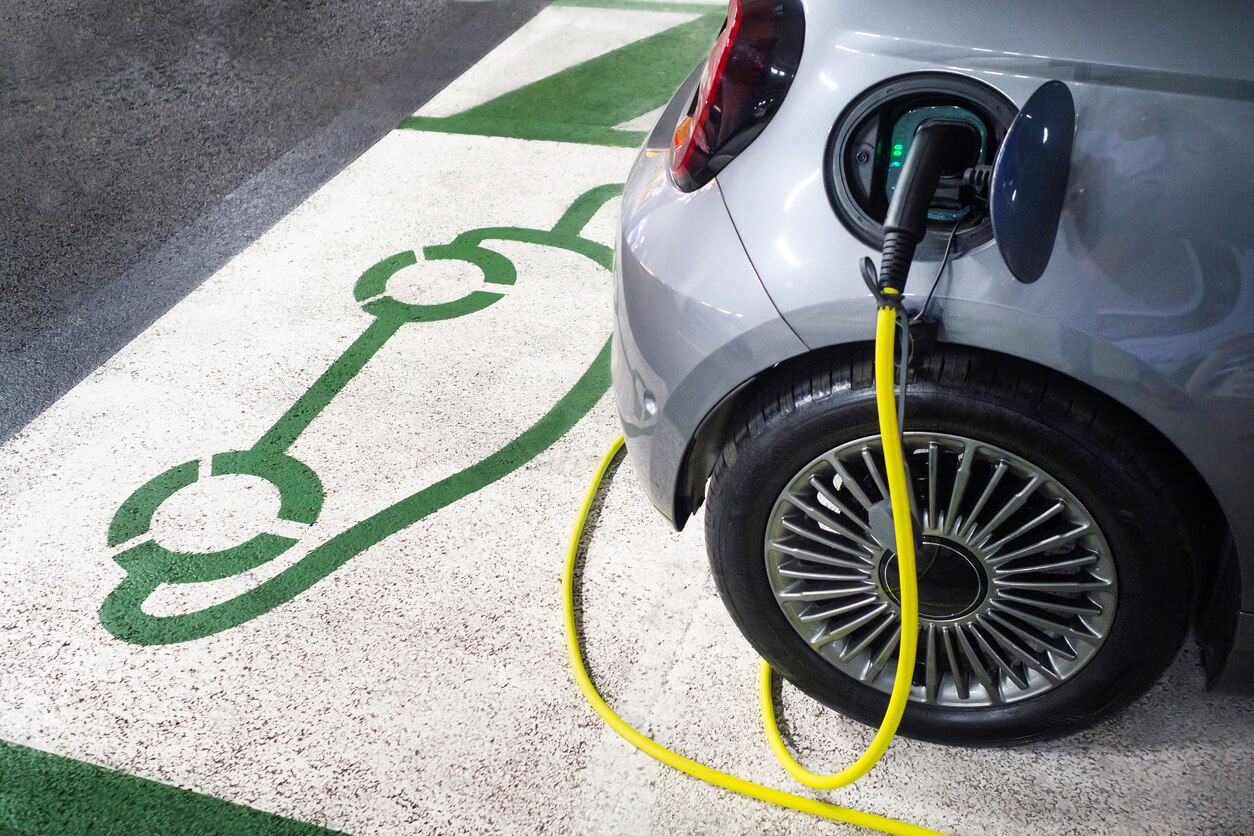Recent Articles
Popular Makes
Body Types
Electrified Cars A to Z: From Mild Hybrids to Battery-Electrics
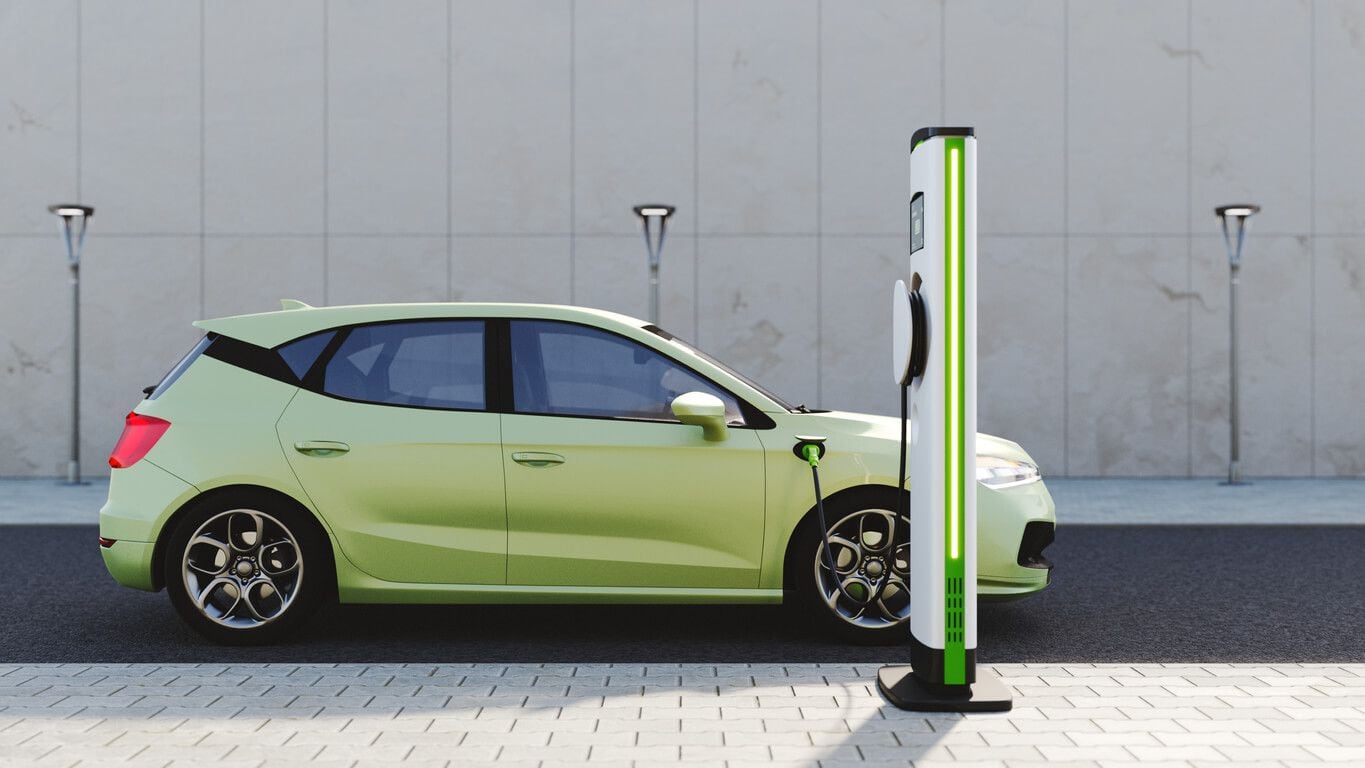
whatisanelectrifiedcar
The automotive world is buzzing about electrified cars. Car manufacturers are introducing more and more electrified models. Governments around the world are requiring the production of more electrified vehicles. And consumers are buying more electrified vehicles than ever before. But there is a great deal of confusion about the definition of an “electrified car.” And that is what this article intends to address. It will offer you a capsule definition of each important type of “electrified car,” giving you a tool to determine if you want to make one or another your next car purchase.
The array of available electrified vehicles seems to grow minute by minute. Some are simple modifications of conventional fossil-fuel-powered cars. Others are radically different from conventionally powered vehicles. And, as you understand from driving a conventional vehicle, electricity figures into their operation too. So follow along as we chauffeur you down the road of the "electrified car."
What is an electrified car?
If you have been driving for any length of time, it is likely that at least once you have been stranded by a "dead" battery. This is a simple reminder that just as pure-electric vehicles are equipped with electric batteries, so are conventional cars and trucks. Perhaps ironically, the immense popularity of conventional cars wouldn't be possible without the use of an electric battery. The invention of the electric self-starter by Charles F. Kettering freed gasoline cars from the dreary and often dangerous task of crank-starting them. Introduced on the 1912 Cadillac and still employed today, the electric self-starter uses a small electric motor powered by a storage battery to spin the gasoline engine's crankshaft to start it.
So are conventional cars "electrified cars?" Some would say yes, but a good way to distinguish between "electrified cars" and non-electrified cars is this. If an electric motor contributes to propelling the vehicle, it is an "electrified car."s If it doesn't (as in a conventional vehicle), it isn't. In a conventional car, the electric starter motor does not contribute to the motion of the car. It just gets the internal combustion engine running. In an "electrified car," at least one electric motor directly contributes to moving the car. This is true in everything from a mild-hybrid to a battery-electric vehicle to a fuel cell vehicle. The following are simple definitions and explanations of the various types of electrified cars.
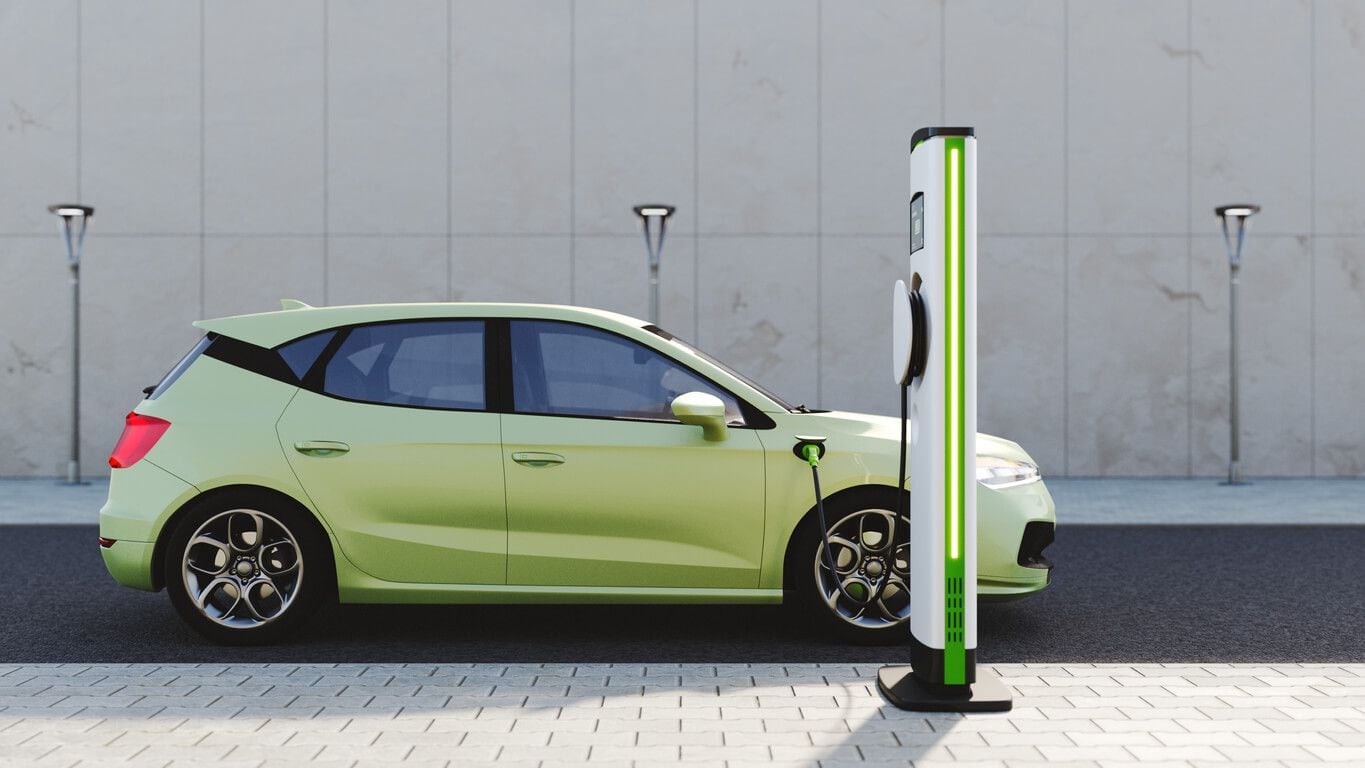
Mild Hybrid Defined
A hybrid-powered vehicle is a vehicle that uses at least two types of propulsion. In most instances these days, those two power sources are an internal combustion engine using fossil fuel and one or more electric motors drawing power from an onboard battery. A mild hybrid is the simplest example of such a vehicle. Typically a mild hybrid uses a small, low-horsepower electric motor to contribute some motive power to the vehicle in appropriate instances during the driving cycle. The electric motor used in this task can be as simple as a robust starter motor, but more often, it is a motor/generator inserted between the internal combustion engine (ICE) and its transmission. The power from the electric motor is deployed in situations that require extra acceleration. When the motor's power is not needed, it assumes its generating function and sends electricity to an onboard storage battery. The energy stored there is then tapped when more acceleration is called for.

Full Hybrid Defined
A full hybrid relies more heavily on the power from its electric motor (or motors) than a mild hybrid does. A full hybrid (sometimes called a conventional hybrid) can proceed for at least short distances on electric power alone without employing the internal combustion engine at all. For tasks like backing out of a driveway or even proceeding down a residential street at low speed, a full hybrid might not even start its ICE. In high-speed driving, a full hybrid will rely on the power from its internal combustion engine but supplements it with electric power supplied by the vehicle's electric motor or motors. Of course, power for the motors comes from the onboard battery array.
The battery pack discharges when the electric motor is called to contribute torque to the car. Otherwise it is charging. Regenerative braking enables a full hybrid to capture kinetic energy from deceleration and braking, converting it into electricity that is then stored in the battery pack. Compared to the battery in a mild hybrid, the battery in a full hybrid has more capacity to store energy. A full hybrid that uses the internal combustion engine and onboard electric motor power to propel the car is often referred to as a "parallel hybrid." A full hybrid driven forward only by electric motors is called a "series hybrid." Such a vehicle uses the ICE only as a means of generating electricity.
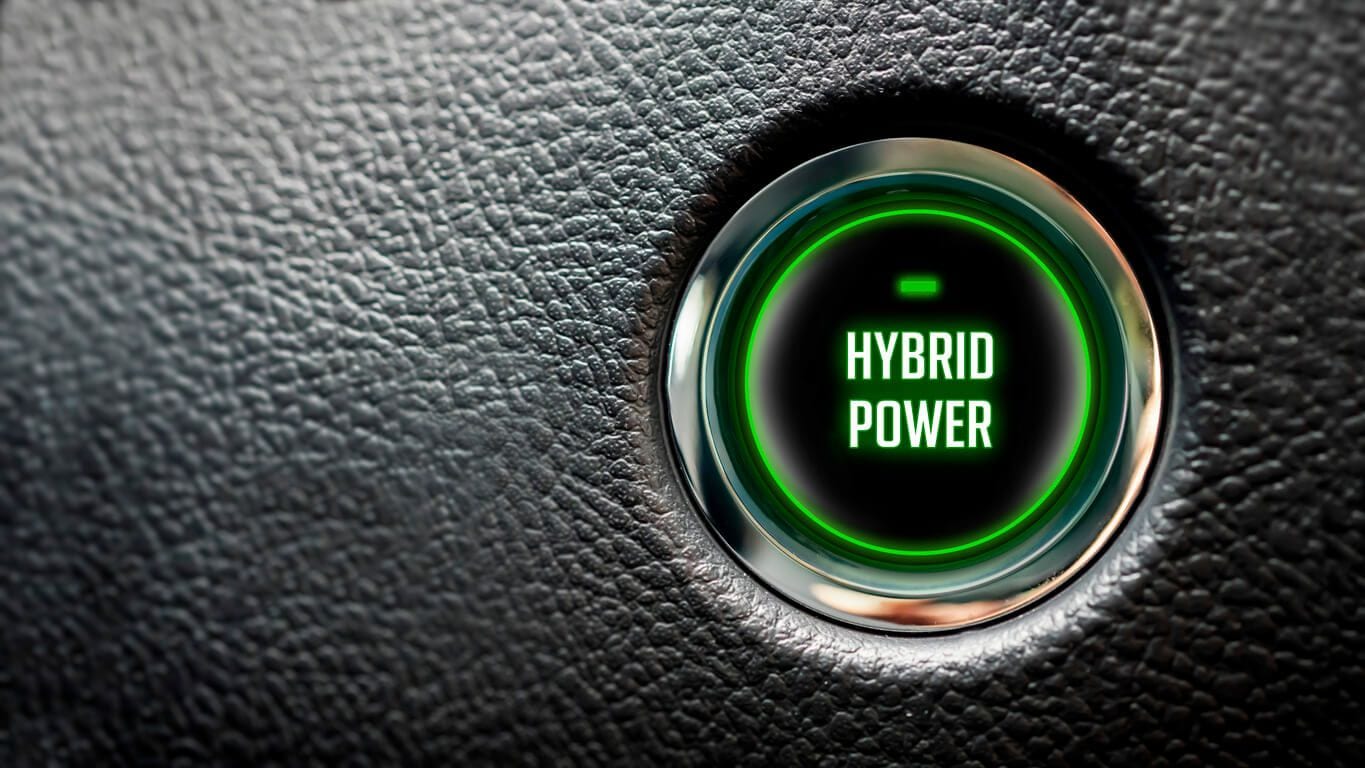
Electric vehicle with “range extender” defined
An electric vehicle with a so-called "range extender" is a subset of the series hybrid type. Sometimes referred to as an "extended-range EV," this type of vehicle uses its typically small, low-horsepower onboard ICE as a form of insurance against the battery pack running out of electricity. As with all series hybrids, an extended-range EV is always powered by its electric motor, but if the battery pack runs low, it is recharged by the ICE. Interestingly, this type of hybrid, once reasonably popular, has lost favor and seems unlikely to regain it as the march to full-electric vehicles rolls forward. After all, the onboard internal combustion engine presents weight and cost penalties that are hard to justify if it is rarely if ever used.
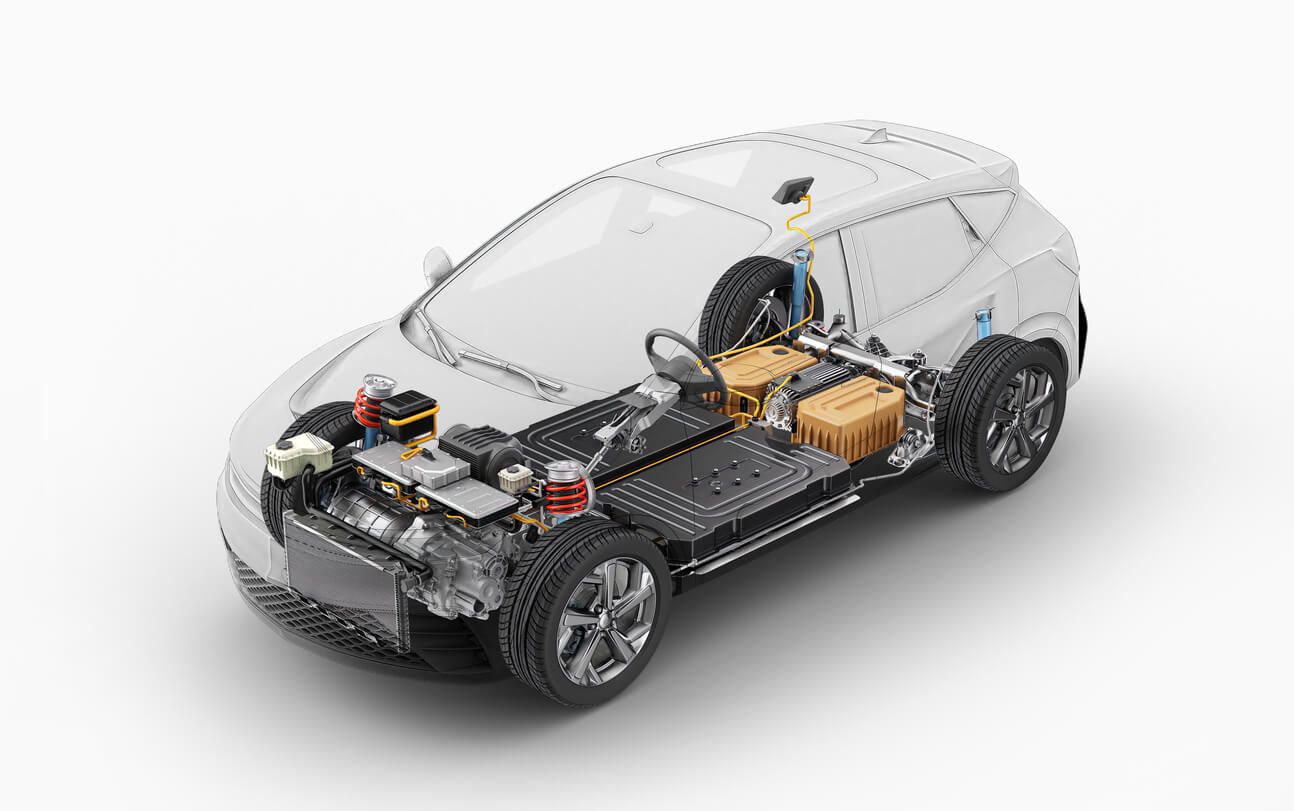
Plug-In Hybrid Vehicle Defined
A plug-in hybrid electric vehicle (PHEV) is similar to a full-hybrid with two major exceptions — it typically has much higher-capacity battery pack and that battery pack can be recharged by plugging it into current obtained from the electrical grid. The higher-capacity battery pack enables a plug-in hybrid to travel somewhere between 15 and 50 miles on battery power alone. The fact that it can be recharged from external electric power, like house current at home, is a big advantage. The fact that when the power in the battery pack is depleted it can continue to operate as a conventional hybrid using the power from its internal combustion engine is another big advantage. Of course, there are disadvantages as well. The battery pack in a plug-in hybrid is more expensive than the battery pack in hybrid because it has more capacity. And of course, a plug-in hybrid essentially has two powertrains each capable of propelling the vehicle, so that means redundant weight and additional cost. All that said, a plug-in hybrid is a good way to try out the EV lifestyle without the added range anxiety and cost of pure electric vehicle. Many owners of plug-in hybrids rarely buy gasoline, because home charging enables them to take care of their transportation needs with battery power alone.

Battery-Electric Vehicle Defined
Compared to the other vehicle types described in this article, a battery-electric vehicle (BEV) is relatively simple, at least in concept. Also called “pure electric” or “full electric,” a BEV is a car driven by one or more electric motors, and those motors get power from an onboard battery pack. A BEV has no means of propulsion other than its electric motor(s). When its battery pack is depleted it must be recharged using an outside source of electricity. One disadvantage of this type of electrified car is that the battery recharging process can be very time-consuming. Even with high-voltage “fast chargers” that are only available commercially, a full recharge can take hours. On the other hand, some BEVs can now go from a 10% charge to an 80% charge in less than 30 minutes using the fastest of the fast chargers.
Another strategy is to “top off” the BEV’s charge at every opportunity and especially overnight at home. Owners of EVs who do that wake up every morning with the equivalent of a full tank of gasoline.
The charging conundrum makes range on a charge important consideration. Some currently available BEVs offer just 100 or so miles of range. Others, typically much more expensive, can deliver over 300 miles of range. Bigger battery capacity translates to more range and battery capacity is expensive, so if you want more range you usually must pay more to get more range. This is an important consideration when you shop for a BEV, because to get the most for your money you need to be strategic about the range you need and desire. You certainly want to have enough to complete your tasks without the worry of running out of electricity. But you probably don't want to pay thousands of dollars for extra miles of range you will never use.
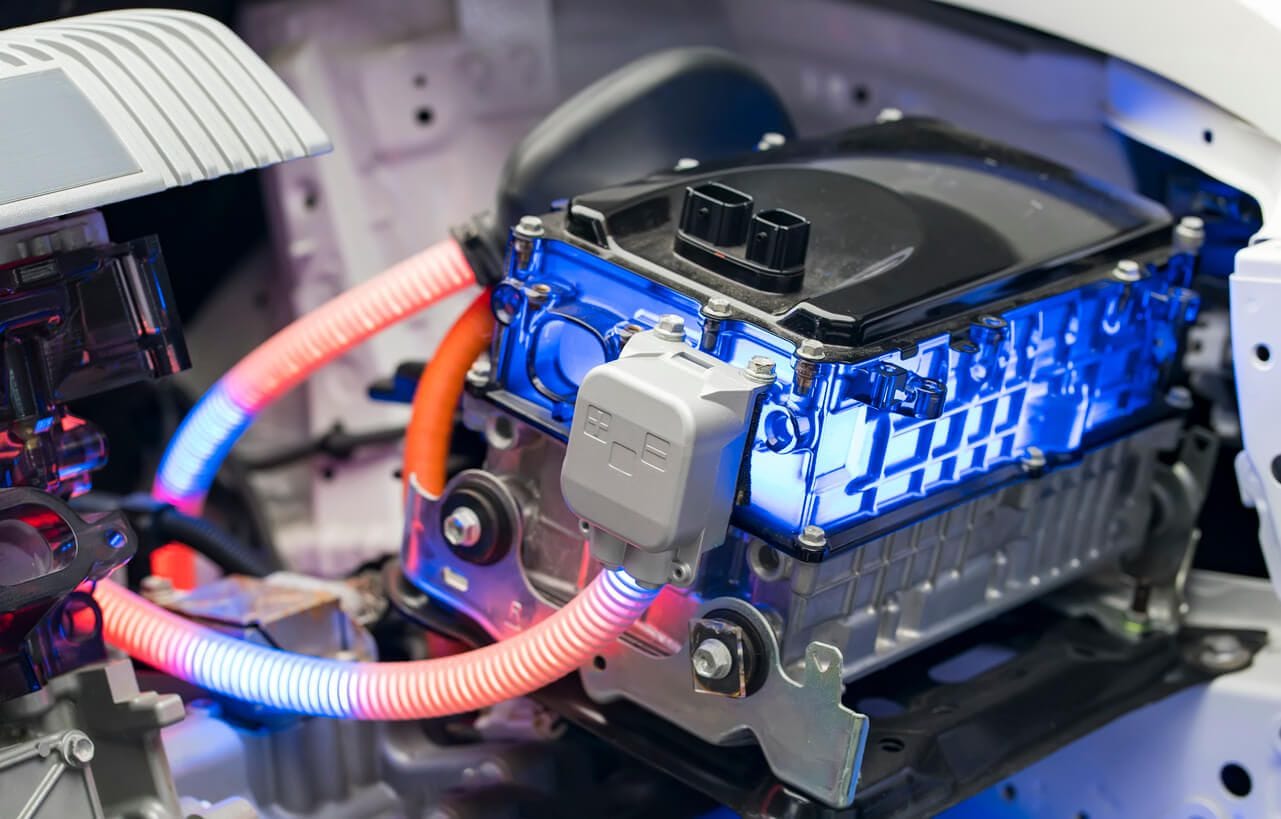
Hydrogen Fuel Cell Vehicle Defined
Compared to the other electrified cars discussed in this article, a hydrogen fuel cell car is very different. Instead of using a storage battery to supply its propulsion motor with electric power, it uses a fuel cell. The fuel cell combines hydrogen from its onboard hydrogen fuel tank with oxygen from the air to create a chemical reaction that produces electricity. The electricity fed to the electric propulsion motor propels the car. A hydrogen fuel cell electric vehicle (HFCEV) doesn't need a heavy and expensive battery pack that must be recharged again and again. Instead, it can be re-fueled with hydrogen in a process similar to filling up a conventional vehicle with gas.
But HFEVs have some disadvantages as well. The biggest of these is the availability of hydrogen fuel. While hydrogen is one of the most abundant elements on Earth, it is typically combined with another element like carbon (hydrocarbon like coal) or oxygen (water.) In its free state, it is an explosive gas. Onboard a vehicle it must be stored in a secure pressurized tank. Obtaining hydrogen fuel presents a challenge as well. Most localities have few, if any, hydrogen fueling stations. For the immediate future, it appears that electrified cars that use storage batteries will be the dominant types, while the future of FCEVs is cloudy at best.
